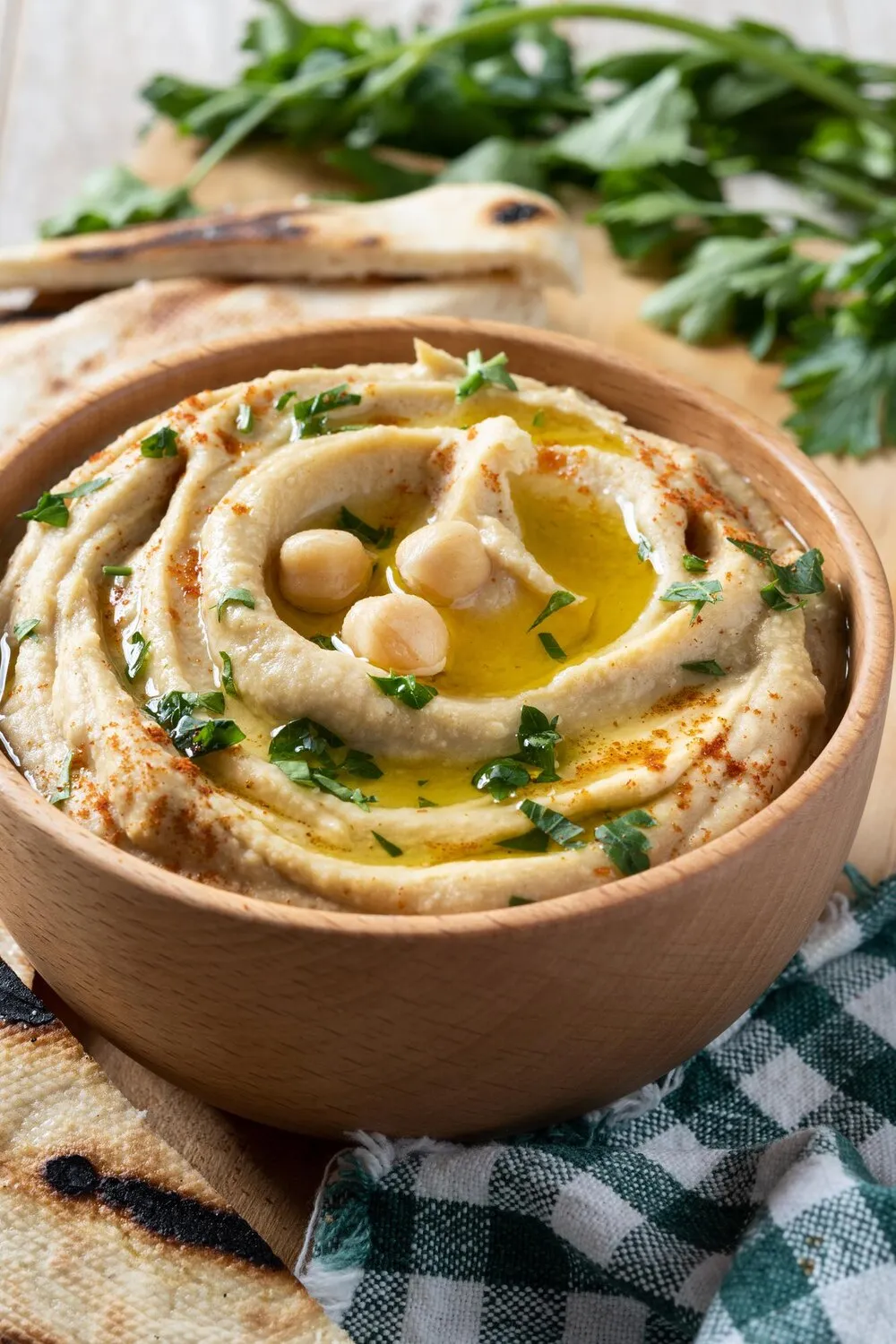
Esfiha
A flatbread baked with a topping of minced meat, onions, tomatoes, and spices.
Nutrition Facts
* The % Daily Value (DV) tells you how much a nutrient in a serving of food contributes to a daily diet. 2,000 calories a day is used for general nutrition advice.
Esfiha's history is deeply rooted in the culinary traditions of the Levant, specifically the regions that now comprise Lebanon, Syria, and Palestine. The dish likely evolved from earlier forms of flatbreads topped with savory ingredients, reflecting the resourcefulness and agricultural practices of the region. The migration of Lebanese people to Brazil in the late 19th and early 20th centuries played a significant role in popularizing Esfiha on a global scale.
Esfiha holds cultural significance as a popular and accessible street food and snack in the Levant and Brazil. It represents a blend of culinary traditions and cultural exchange, reflecting the migration of Lebanese communities and their impact on the gastronomic landscape of their adopted homes.
Street Food Staple
Esfiha is widely available as a quick and affordable street food in Lebanon and Brazil, enjoyed by people of all ages and social backgrounds.
Lebanese Diaspora Cuisine
Esfiha serves as a culinary symbol of the Lebanese diaspora, particularly in Brazil, where it has become a beloved national snack.
Social Gatherings
Esfiha is often served at social gatherings, parties, and family meals, representing a shared culinary experience.
Esfiha offers a delightful combination of savory and slightly tangy flavors, primarily driven by the seasoned meat topping and the soft, slightly chewy flatbread base. The use of spices like allspice and the tang of tomatoes contribute to its distinctive taste.
The flavor profile of Esfiha is characterized by the savory taste of minced meat (typically lamb or beef), complemented by the sweetness of onions and the acidity of tomatoes. Common spices such as allspice, cinnamon, and paprika provide warmth and complexity. Lemon juice or a touch of pomegranate molasses can add a tangy edge. The dough itself contributes a slightly yeasty, bread-like flavor, providing a neutral base for the rich toppings.
Dough Consistency
The dough should be soft and pliable, but not too sticky. Allow sufficient time for proofing to ensure a light and airy texture.
Meat Preparation
Use finely minced meat and avoid overcooking the meat mixture before topping the dough to prevent dryness. Adding a little fat can help to keep the meat moist.
Baking Temperature
Bake at a high temperature to ensure the dough cooks quickly and the toppings are nicely browned. Keep a close eye on them to prevent burning.
Topping variations
You can experiment with different toppings, such as cheese, spinach, or vegetables, to create unique Esfiha variations.
Explore additional Middle Eastern dishes and restaurants
Explore Middle EasternDiscover top dining spots and culinary experiences in Osasco.
Explore OsascoLearn more about the food culture, restaurant scene, and culinary heritage of Brazil.
Explore Brazil